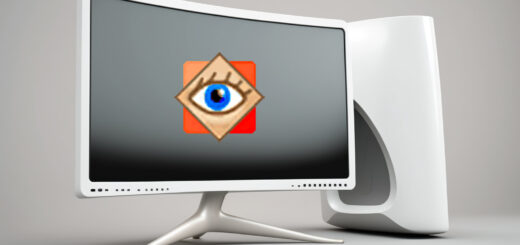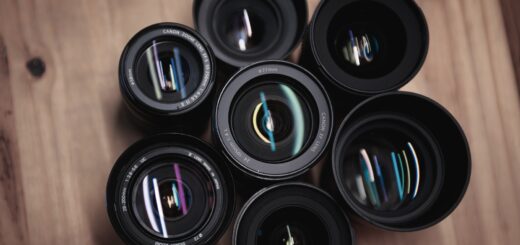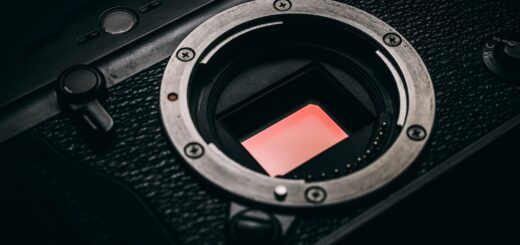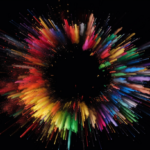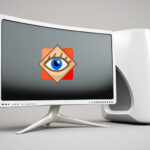Shoot in JPG or RAW?
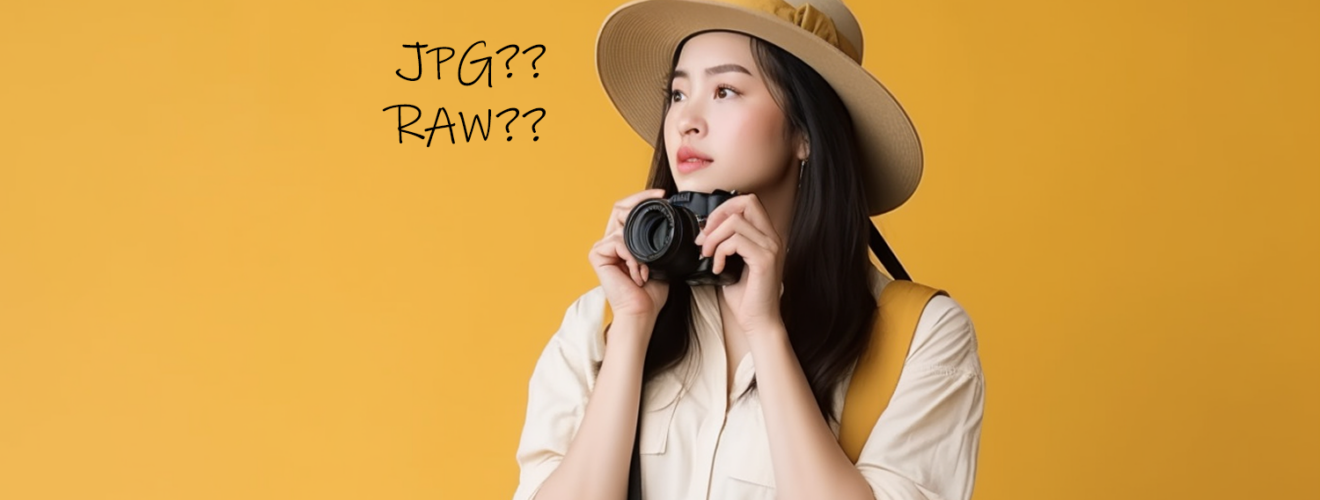
While the majority of images shot on cameras are saved as JPG by default, most dedicated cameras also allow you the option to shoot in RAW format.
Let’s learn a bit more about RAW format to learn more about it, and discuss some use cases for it.
*Note that photography-centric smartphone have RAW format available as well, but they have some limitations to them, so while generally the rules discussed here apply to them as well, do look out for exceptions by referring to your manufacturer’s manual.
What is a RAW format?
RAW format refers to the data collected directly from the image sensor typically before any form of conversion or interpolation processing is done on it.
This data contains a wealth of information, such as the values of each individual subpixels, which lead to it being very malleable in post processing to recover details in dark areas (also often called shadow region), and to some extent details in bright areas (also often called highlights).
A common misunderstanding is that RAW data is pure unprocessed data from the image sensor. This is untrue as each manufacturer does do very light processing on it, such as mild noise reduction or slight masking to remove PDAF banding signals etc. However this data is made to be as close to the original data as possible so as to maintain latitude in post processing.
One thing to remember is that RAW itself is not an extension – each manufacturer has a file extension for their own RAW files (for example Nikon’s .NEF, Canon’s .CR2/.CR3), so don’t go try looking for a .RAW file!
How does it differ from JPG files?
Firstly, JPG files are easily viewable on any device or image viewing software, and are often the final version the image is saved in. Due to this they can be easily shared with others and across virtually any device.
RAW files, on the contrary, have to be opened by specialized software which can decode and demosaic the data in the RAW files in order to create an image, which can then be saved as a JPG file (or any other image file format you prefer). So you cannot just send a RAW file over to a friend and hope that your friend would be able to open it without any special software.
JPG files are also usually much smaller in file size than RAW files, due to it having a lossy compression whereby unwanted or irrelevant data is discarded permanently. This causes an irreversible downsizing of the amount of data present in the image files, so heavy editing on JPG files will usually be quite difficult (or outright impossible) due to the lack of color or brightness data.
RAW files on the other hand contains all the data as per captured, so it maintains a much better latitude when post processing the files.
What can be done on RAW files?
As RAW files contain a wealth of information, they can be manipulated to adjust the exposure (brightness) of the shots, change white balance to create a different mood or to neutralize colors, as well as play with filters or color grading to create a specific look to your images. Furthermore, details lost in dark regions can usually be recovered by using shadow recovery, and details in bright regions that are not over exposed (or blown) can be recovered using highlight recovery.
As mentioned earlier, specialized software is required in order to read or edit RAW files. Most manufacturers provide a RAW decoding software for free (for example Nikon’s Studio NX or Canon’s DPP), which usually does a good job in opening the RAW files and showing you the settings as shot on the camera, and allowing you to tweak these settings to edit the image. These first-party software are also the ones that render the images closest to the manufacturer’s ideal color science.
However, if you would like to do more on the RAW files, a dedicated RAW editor, such as Capture One Pro or Adobe Lightroom, might be more practical as they allow you finer control over what edits you could do and have plenty of tools for color and brightness editing as well.
Another huge advantage of RAW files is that edits on it by RAW editors are non-destructive, and can be reset to its original state at any time, giving you infinite possibilities to edit and play with your RAW files to try out new editing techniques as you learn them down the road!
One interesting to take note is that if you use a third party RAW editor or converter, your RAW files may not look like how it was captured, as each software provider has a different “starting point” for RAW files, which creates slight discrepancies in how the RAW files are presented to the end-users.
RAW files sound awesome! Are there any reasons for not using them then?
Remember that RAW files cannot be opened without specialized software, so any image shot in the RAW format would require at the very least a conversion from the proprietary RAW format into a JPG file before it can be shared to others.
If you do not want to spend time in front of the PC dealing with conversions or editing, shooting in JPG-only might be a good option, especially if you want to share the images immediately and also save on memory storage usage.
While the manufacturers’ free software have no issues converting the RAW files, they usually lack in editing tools or are quite slow to work with, so many of RAW shooters turn to specialized RAW converters. These specialized RAW converters are usually paid software, and as most software move to a subscription based model in recent times, it would mean extra charges on an already expensive hobby.
A little recommendation from me
If storage is not a concern, one good recommendation that I have for photographers starting out is to shoot in a RAW+JPG setting; that is to say every image taken will have both a RAW and a JPG file saved by the camera.
This will take up a lot more space than shooting in RAW or JPG alone, but it gives you the flexibility of both file formats – the quick and shareable JPG format for times when you just want to share images quickly, and the flexible RAW file for you to sit down and edit it to your taste.
By shooting this way, as you embark on your photography journey, you may learn new techniques or new looks that you prefer, and can always go back to your old RAW files to experiment on them as well!

